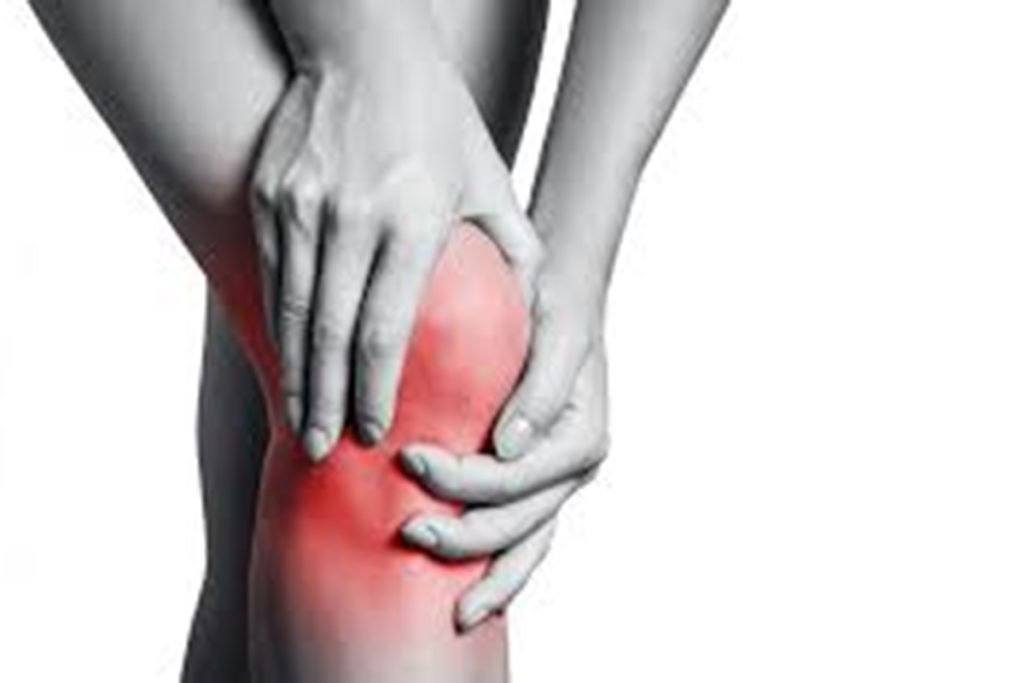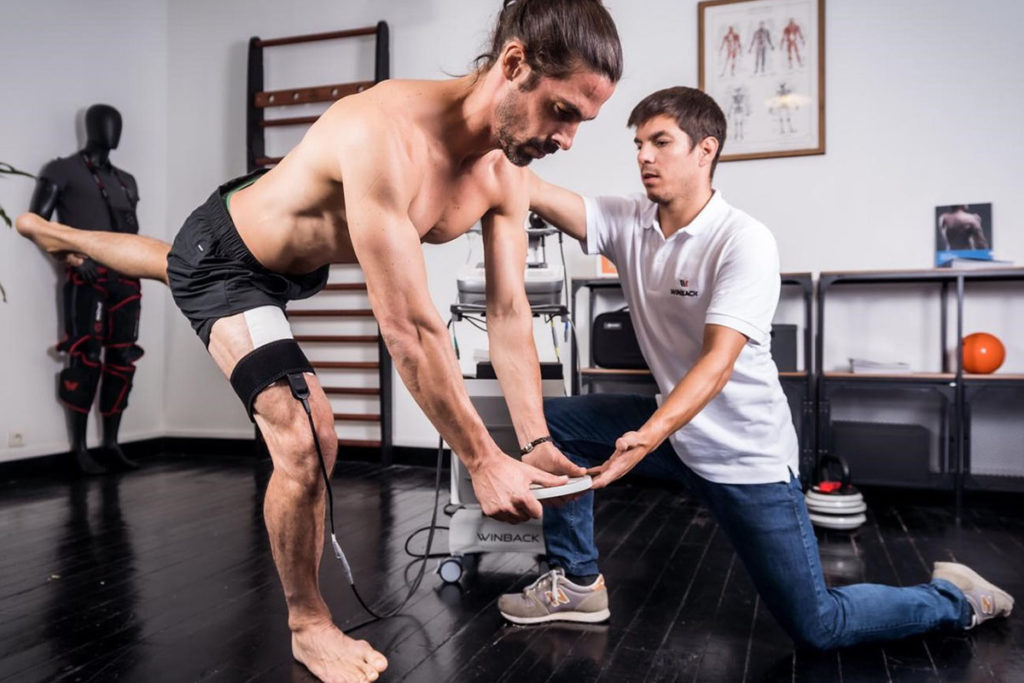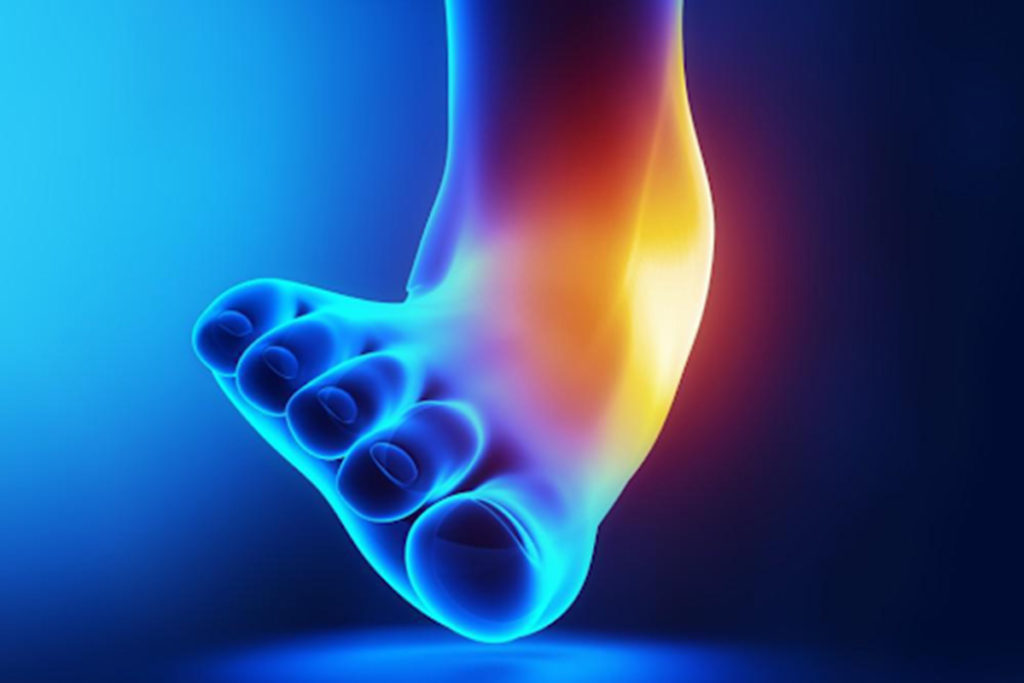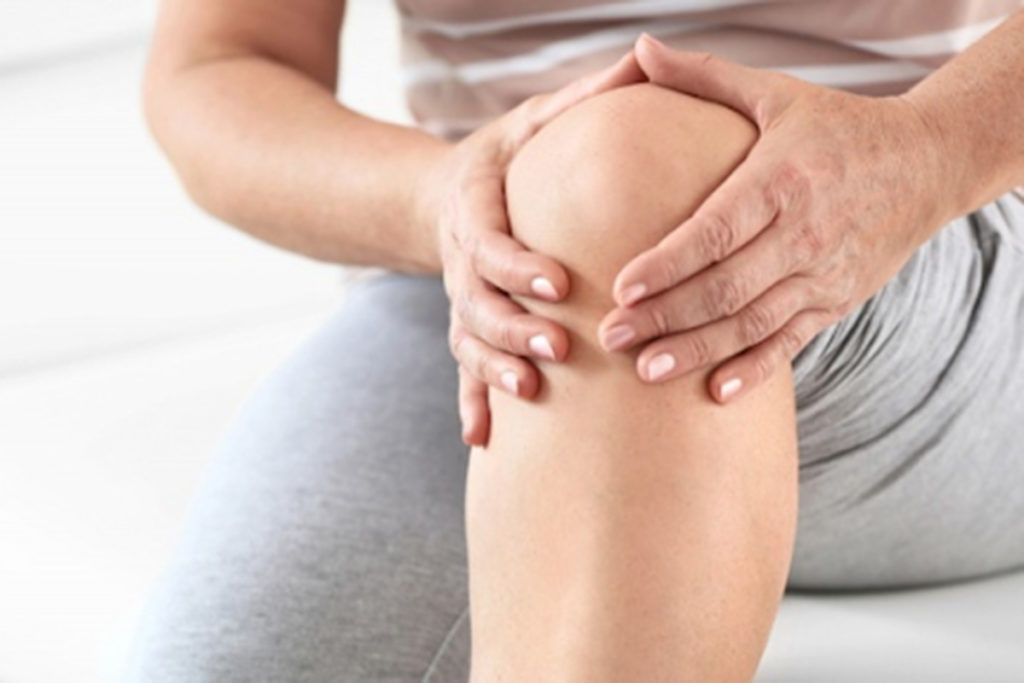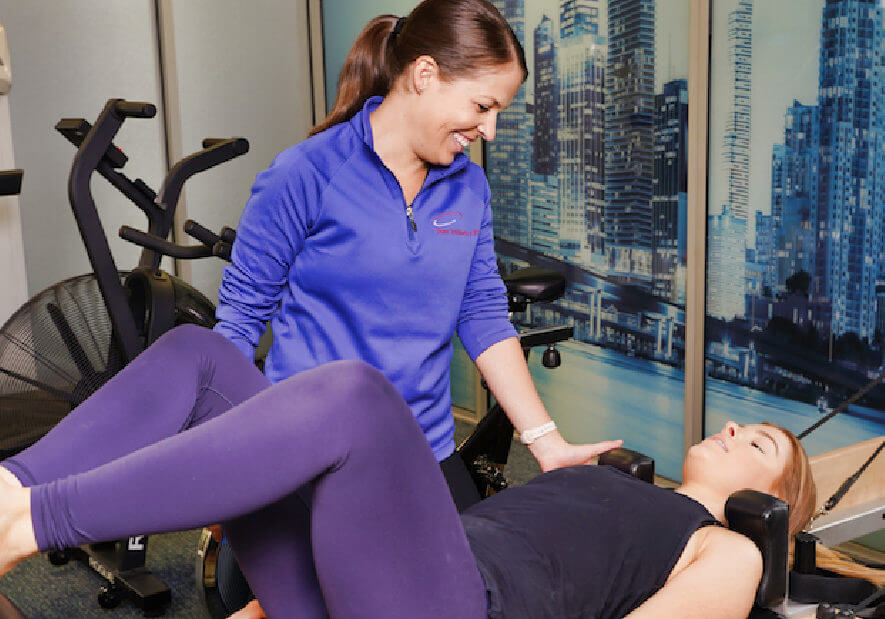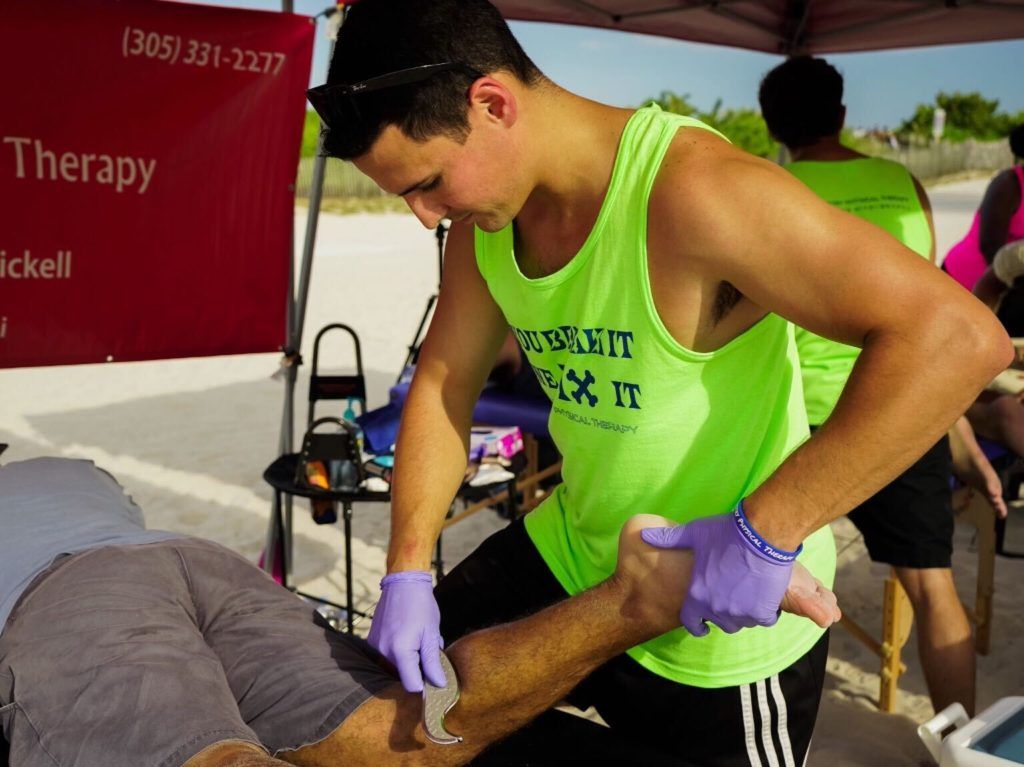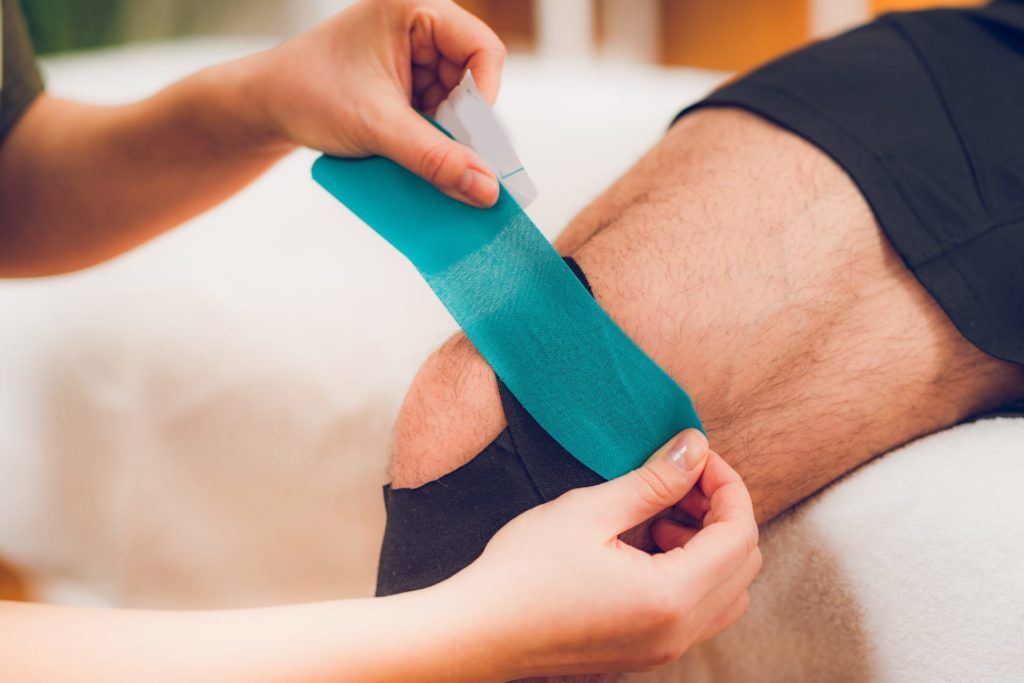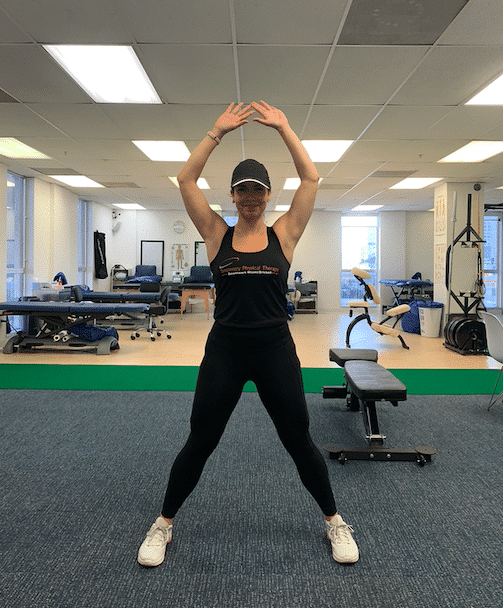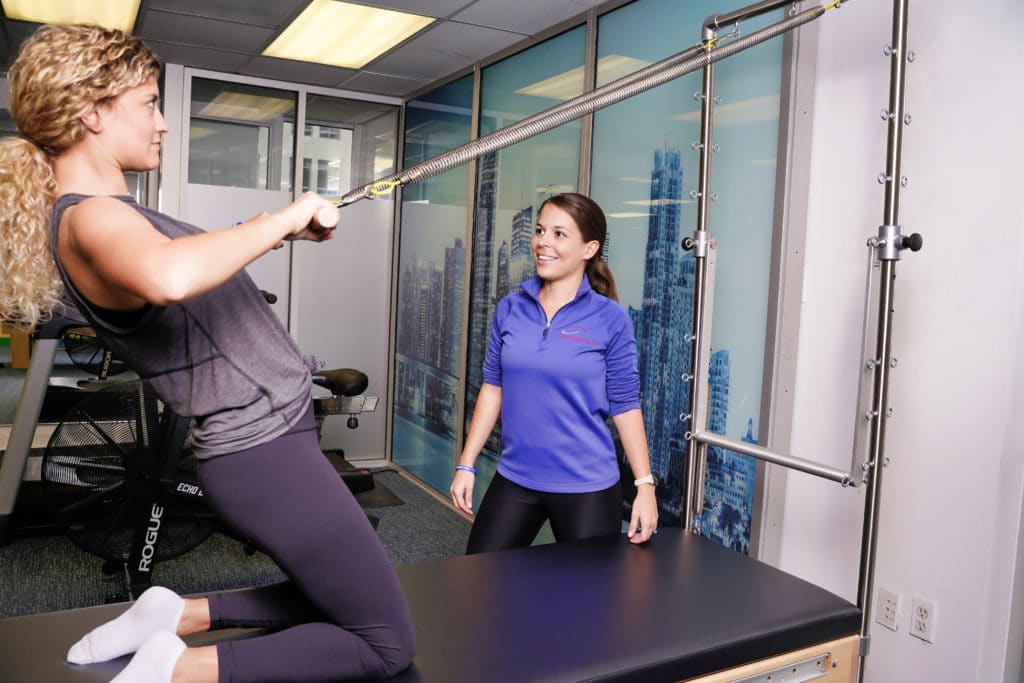Posts Tagged ‘physical therapy’
Physical Therapy for Knee Pain
Knee pain is a common condition affecting 1 in 4 adults. It can be caused by disease, overuse, or trauma. It occurs in all age ranges and with varying levels of activity. Thousands of steps, stairs, and twists to the knee over time can cause changes to cartilage and other parts of the knee. There are a few diagnoses that are more commonly seen. At Symmetry Physical Therapy our goal is to provide an exceptional patient experience at each visit! We recognize that recovery is a multifactorial process. Here is a little insight into how we rehab our knee patients in Miami!
Read MoreWIN your body Back!
The Winback machine provides a non-invasive and painless mechanism to promote cellular exchange, increase microcirculation, and improve lymphatic drainage which in turn leads to a significant speed-up in the healing process. The machine uses non-invasive current to transmit energy at high radio frequencies to the target tissue.
Read MorePhysical Therapy for Ankle Pain
Are you having pain with walking, running or jumping? Do you feel unsteady with walking or single leg activities? Do you roll your ankles often? You’re not alone. Ankle pain and injuries are very common, especially in sports that include running and jumping. Our ankles are first to respond when we have to balance and any strength or mobility deficits here can have a big impact on how we move and stabilize ourselves. At Symmetry Physical Therapy, we are specially trained in assessing the cause of your ankle pain and creating a treatment plan for you so you can get back to doing what you love.
Read MorePatellofemoral Pain Syndrome
Patellofemoral Pain Syndrome (PFPS) is a common condition that causes pain in the front of the knee, under or around the kneecap (patella). It accounts for 20-25% of all reported knee pain. It occurs in all age ranges, females more often than males. Those who play sports are more commonly affected. Understanding this condition can assist in the recovery process.
Read MorePilates for Low Back Pain
Does Pilates Based Physical Therapy Help Reduce Low Back Pain? Pilates is a form of exercise that shares many similarities with physical therapy. Pilates is based on several principles of movement including: breath, axial elongation and core control, spine articulation, organization of the head/neck/shoulders, alignment and weight bearing of the extremities, and movement integration. Utilizing…
Read MoreWhy You Need Physical Therapy
You should see a Physical Therapist for pain first! As soon as you begin to experience pain or discomfort in your body you should receive physical therapy. Imagine one day you are reaching into your cupboard and notice some pain in your shoulder, but no big deal! This achy pain should go away on its…
Read MoreWhen Will My Injuries Heal?
Healing Time for Musculoskeletal Injuries Tissue healing times vary from person to person and from injury to injury. However, the biological process of tissue healing remains the same. The body does an amazing job of healing throughout several phases of tissue repair. Have you ever heard someone blame their low back pain on a herniated…
Read MoreWhat is the Core?
What is the “CORE”? The “core” receives a lot of publicity in today’s society and fitness world. However, there is a lot of confusion about what the term “core” really means. Despite popular belief, having strong and stable core muscles goes beyond having six pack abs. It is possible to have a visible six pack,…
Read MoreA Beginner’s Guide to Pilates
What is Pilates? Pilates is a form of low-impact exercise designed to connect the body and mind while improving strength, flexibility, mobility, stability and core control. Check out our Youtube channel for pilates exercises. Meet Joseph Pilates As a child, Joseph suffered from many illnesses that left him weak and sickly. Inspired…
Read MoreWhat’s New At Symmetry Physical Therapy?
Symmetry Physical Therapy is growing! We have decided to expand Symmetry Physical Therapy! Our patient list is growing and so are we. So what does this mean for your current physical therapy sessions? Our physical therapists will continue to provide dedicated one-on-one physical therapy care. We are very excited about this growth. As a result,…
Read More
